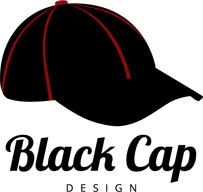 WCAG – short for Web Content Accessibility Guidelines – is a set of international standards aimed at making the Web more accessible to everyone.
WCAG – short for Web Content Accessibility Guidelines – is a set of international standards aimed at making the Web more accessible to everyone.
The AODA is shorthand for the Accessibility for Ontarians with Disabilities Act.
As of January 1, 2014, the AODA requires not-for-profit organizations and private businesses with 50+ employees to comply with the WCAG when launching a new website or undertaking major revisions to an existing website. (Reference: http://www.mcss.gov.on.ca/en/mcss/programs/accessibility/info_sheets/info_comm/website.aspx)
It’s not just Ontario that is pushing for increased accessibility. There is a global push to reduce barriers for persons with disabilities by backing the WCAG.
Imagine trying to use the Web without the ability to see, use a mouse, or understand complex navigation systems. There are millions of persons with a wide range of disabilities who rely on the Web every day – and they have to deal with a ton of barriers that are completely unnecessary; poorly structured code, images without alternative descriptive text, and confusing & unintuitive navigation systems to name a few.
It is possible to design and build websites that are fully accessible to people with a range of disabilities, using assistive devices and enhanced Web browsing software. The added bonus is that any website that is designed to be accessible by assistive devices is also optimized for search – which is a great way to boost your SEO.
If you’re curious about whether your site is WCAG compliant, try this handy test: http://wave.webaim.org/
If you would like to know more about Web Accessibility, or find out how to make your site more accessible, please give us a call at 705-927-2308 or send a message to info@blackcapdesign.com.
